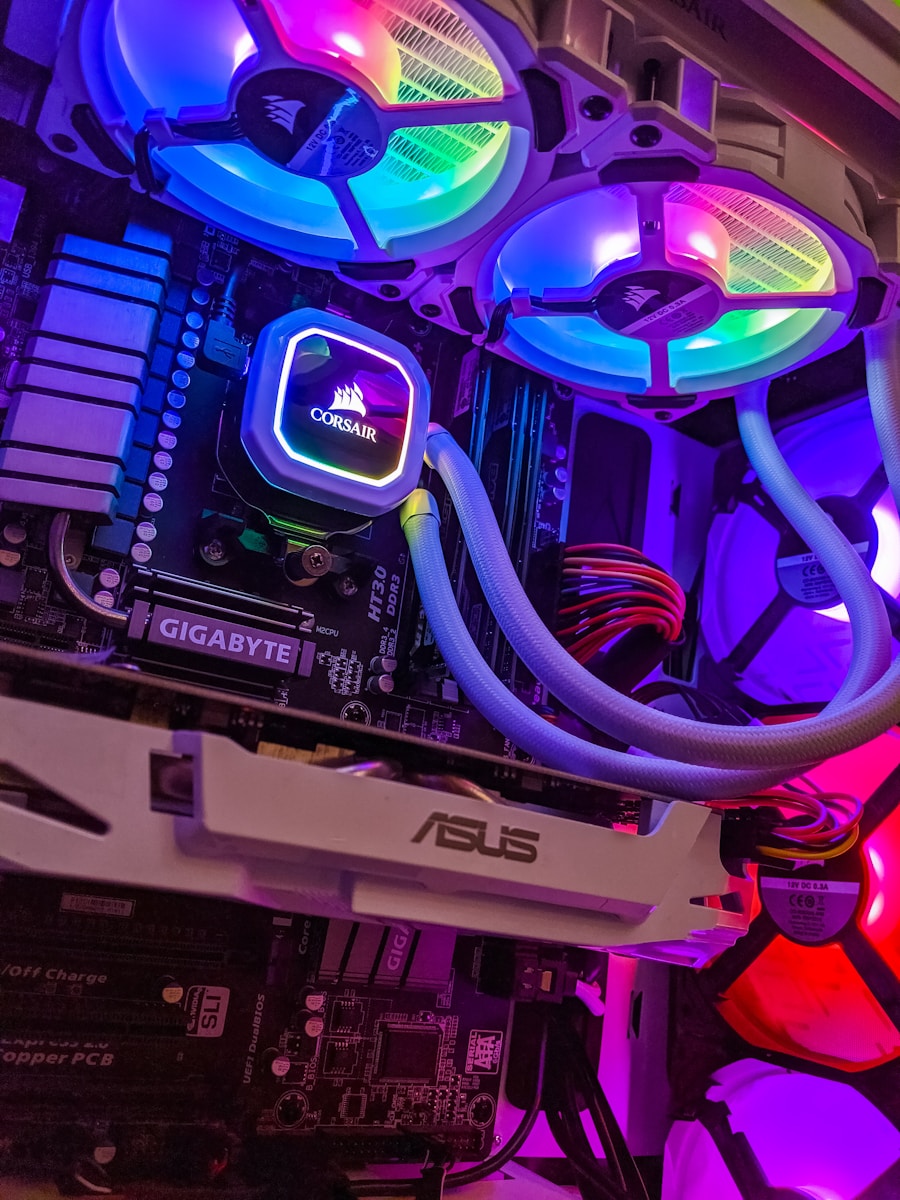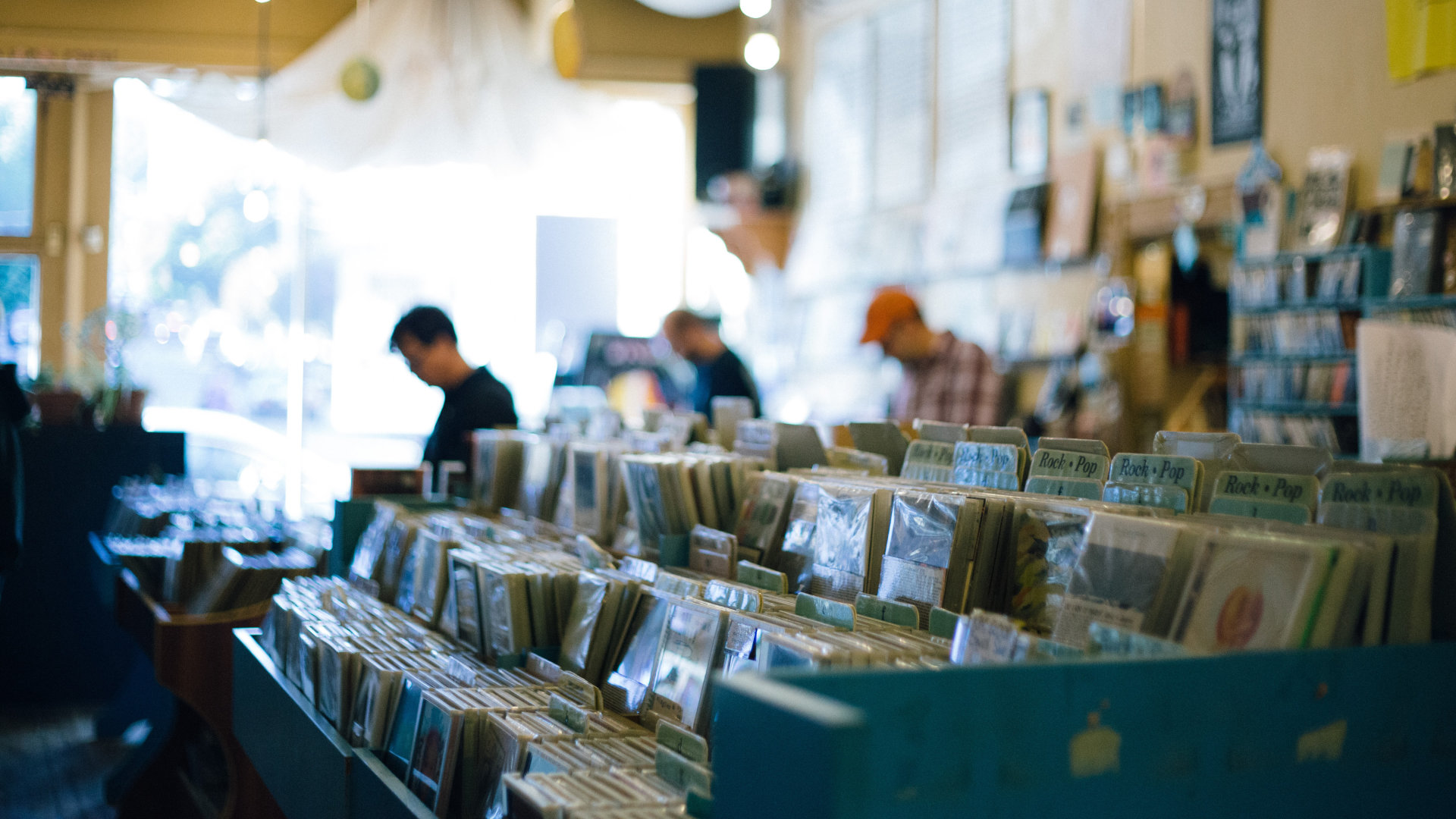Maybe you’d like to know which streaming service to promote your music on. Maybe you’d like to know which streaming service supports your favourite artist/band the most. Whether you’re the artist/musician or the loyal fan, I’m sure you’ll want to know which streaming services pays musicians the most.
If you came to find out which streaming service pays musicians the most, you’ll be surprised to know that Napster pays musicians the most. Why would you be surprised about that? Back in the day of illegal mp3 downloads, Napster was actually brought to court by several artists/musicians (including Metallica) for hosting these illegal mp3 downloads. However, they seem to be “making things right” by paying approximately 2 cents per stream ($0.019 to be more precise). Is Napster still the best place to promote your music though? There’s still more data to consider so that’s what the rest of this article will be dedicated to. Let’s get started!
Table of Contents
Music Streaming Royalty Calculator
What Is Artist Royalty Rate?
An artist royalty rate is the percentage of revenue an artist receives from the sales, streams, and other uses of their music. This rate is determined by the contract between the artist and their record label or distributor.
The artist royalty rate is a crucial part of the contract negotiation process, as it directly affects how much money the artist earns from their music. Typically, the royalty rate will vary depending on the type of use of the music, such as physical sales, digital downloads, streaming, or sync licensing.
For example, an artist might negotiate a royalty rate of 15% for physical album sales, but only 10% for digital downloads. This is because the cost of manufacturing and distributing physical copies is higher than the cost of digital distribution.
If you’re an artist and you’re unsure what your royalty rate is, it’s important to review your contract with your record label or distributor. This contract should specify the royalty rate for each type of use of your music, as well as any other terms and conditions.
It’s also worth noting that independent artists who self-distribute their music may have more control over their royalty rates, as they don’t have to negotiate with a record label or distributor. However, self-distribution requires a significant amount of work and resources, so it may not be the best option for every artist.
In summary, the artist royalty rate is a crucial aspect of an artist’s earnings from their music. If you’re an artist, it’s important to review your contract to understand your royalty rates for each type of use of your music. If you’re an independent artist, you may have more control over your royalty rates, but self-distribution requires significant resources and effort.
The Most Popular Music Streaming Services in 2023
There are many music streaming platforms available in 2023, each with their own unique features and offerings. Here are some of the most popular music streaming platforms:
- Spotify: With over 350 million active users and 170 million paid subscribers as of 2022, Spotify is one of the largest and most popular music streaming platforms. It offers a vast library of music, podcasts, and exclusive content, as well as personalized recommendations based on user preferences.
- Apple Music: Apple Music is a subscription-based music streaming service that is available on iOS, macOS, and Windows. It boasts over 80 million subscribers as of 2022 and offers a large library of music, exclusive content, and curated playlists.
- Amazon Music: Amazon Music is a music streaming service offered by Amazon. It offers a vast selection of music, as well as features such as lyrics display and integration with Alexa voice commands. It has over 70 million subscribers as of 2022.
- Tidal: Tidal is a music streaming platform that places a strong emphasis on high-quality sound and exclusive content. It offers a library of over 70 million songs, as well as access to live concerts and events. Tidal has over 3 million subscribers as of 2022.
- Deezer: Deezer is a music streaming platform that is available in over 180 countries. It offers a vast library of music, podcasts, and exclusive content, as well as features such as personalized recommendations and lyrics display. Deezer has over 16 million active users as of 2022.
- Pandora: Pandora is a music streaming service that uses an algorithmic approach to music discovery. It offers a large library of music, as well as personalized radio stations based on user preferences. Pandora has over 60 million active users as of 2022.
- YouTube Music: YouTube Music is a music streaming service offered by YouTube. It offers a vast library of music, as well as features such as music videos, live performances, and personalized recommendations. YouTube Music has over 50 million subscribers as of 2022.
Each of these platforms offers unique features and caters to different types of users. It is important for artists to understand the royalty rates and payment structures for each platform in order to make informed decisions about where to distribute their music.
How Much Do Music Streaming Services Pay Per Stream?
As of 2023, music streaming has become the most popular way to consume music, surpassing physical sales and downloads. While it offers many advantages to consumers, such as access to a vast library of songs for a low monthly fee, many artists have criticized the payout system used by streaming services.
Here’s a breakdown of how much major streaming services pay artists per stream in 2023:
Spotify
Spotify pays an average of $0.0032 per stream. This means that an artist would earn $320 for every 100,000 streams.
Apple Music
Apple Music pays an average of $0.0068 per stream. This means that an artist would earn $680 for every 100,000 streams.
Tidal
Tidal pays an average of $0.0125 per stream. This means that an artist would earn $1,250 for every 100,000 streams.
Amazon Music
Amazon Music pays an average of $0.0040 per stream. This means that an artist would earn $400 for every 100,000 streams.
YouTube Music
YouTube Music pays an average of $0.00069 per stream. This means that an artist would earn $69 for every 100,000 streams.
SoundCloud
SoundCloud pays an average of $0.0030 per stream. This means that an artist would earn $300 for every 100,000 streams.
Napster
Napster, formerly known as Rhapsody, pays an average of $0.019 per stream. This means that an artist would earn $1,900 for every 100,000 streams.
The Best Music Distribution Services to Maximize Revenue and Facilitate Payouts
Choosing the right music distribution service can make a significant impact on an artist’s revenue and payout process. Here are some of the best music distribution services to consider:
1. DistroKid
DistroKid is a popular music distribution service that offers a flat fee for unlimited music uploads. It’s a great choice for independent artists who want to distribute their music to multiple streaming services, including Spotify, Apple Music, Amazon, and more. DistroKid also offers daily payout options, so artists can get paid quickly.
2. TuneCore
TuneCore is another popular music distribution service that offers a similar flat fee model as DistroKid. It also distributes to a wide range of streaming services, including Spotify, Apple Music, Amazon, and more. TuneCore also offers publishing administration services, which can help artists earn additional revenue from their music.
3. CD Baby
CD Baby is a well-established music distribution service that has been around since the early 2000s. It offers a range of distribution options, including physical CD distribution and digital distribution to streaming services like Spotify, Apple Music, Amazon, and more. CD Baby also offers publishing administration services, as well as sync licensing opportunities.
4. Symphonic Distribution
Symphonic Distribution is a music distribution service that caters to independent labels and artists. It offers a range of distribution options, including digital distribution, physical distribution, and sync licensing opportunities. Symphonic Distribution also offers marketing and promotion services to help artists maximize their revenue and reach a wider audience.
5. Amuse
Amuse is a free music distribution service that offers distribution to major streaming services, including Spotify, Apple Music, and more. While Amuse doesn’t charge any fees for distribution, it does take a percentage of an artist’s revenue. Amuse also offers data analytics and promotional tools to help artists maximize their earnings.
Choosing the right music distribution service can help artists maximize their revenue and facilitate payouts. DistroKid, TuneCore, CD Baby, Symphonic Distribution, and Amuse are some of the best music distribution services to consider, depending on an artist’s needs and budget.
If you need assistance with that, I wrote a few articles comparing the best music distribution services…
- The Best Music Distribution Services
- DistroKid Music Distribution Review
- Ditto Music vs DistroKid
- RouteNote Music Distribution Review
- LANDR Music Distribution Review
Frequently Asked Questions (FAQ)
Q: Do all streaming services pay the same amount to artists?
A: No, different streaming services pay different rates to artists. Some platforms, such as Spotify and Apple Music, are known to pay higher royalties per stream than others.
Q: What is the average payout per stream for artists in 2023?
A: The average payout per stream varies depending on the streaming platform and the specific artist. Generally, the rates can range from less than a penny per stream to several cents per stream.
Q: How are royalty payouts calculated for music streaming services?
A: Royalty payouts for music streaming services are calculated based on a variety of factors, including the total number of streams, the revenue generated by the platform, and the artist’s royalty rate. Some platforms also take into account the country in which the stream is played, as royalty rates can vary depending on geographic location.
Q: How do streaming platforms determine an artist’s royalty rate?
A: Streaming platforms negotiate royalty rates with artists and their representatives based on a variety of factors, including the artist’s popularity and bargaining power, the platform’s revenue and expenses, and market trends.
Q: What is the difference between a “stream” and a “play” on a music streaming platform?
A: A stream refers to the act of listening to a song on a music streaming platform, whereas a play typically refers to a song being played on a radio station or at a live event. Royalty payouts are typically based on the number of streams, not plays.
Q: How can artists maximize their earnings from music streaming services?
A: Artists can maximize their earnings from music streaming services by promoting their music on multiple platforms, building a strong fanbase, and negotiating favorable royalty rates with the streaming services they work with. They can also supplement their streaming income with revenue from merchandise sales, live performances, and other sources.
Q: What percentage of streaming revenue goes to artists?
A: The percentage of streaming revenue that goes to artists varies depending on the streaming service and the artist’s royalty rate. In general, streaming services retain a portion of the revenue generated from subscriptions and advertising, with the rest going to rights holders such as record labels and independent artists.
Q: How do I know if I am being paid fairly as an artist on a music streaming service?
A: Artists can monitor their earnings from music streaming services by regularly checking their royalty statements and comparing them to industry benchmarks. They can also consult with music industry experts and legal professionals to ensure that their royalty rates are fair and competitive.
Summary: How Much Do Music Streaming Services Pay Artists?
The world of music streaming is constantly changing, and with each passing year, new platforms emerge and existing platforms evolve. While there is no doubt that streaming has revolutionized the way we listen to music, it has also created new challenges for artists, labels, and the industry as a whole.
Despite the challenges, there is no doubt that streaming is here to stay. With the rise of new platforms like Qobuz and Tidal, and the continued dominance of Spotify and Apple Music, it’s clear that streaming will continue to be the primary way that people consume music for the foreseeable future.
As for the question of how much streaming services pay artists, the answer is not a simple one. It varies by platform, by country, and by a number of other factors. However, with tools like the Streaming Royalties Calculator, artists can gain a better understanding of how much they can expect to earn from their streams.
At the end of the day, streaming has made it easier than ever for artists to get their music in front of a global audience. While the payouts may not always be as high as artists would like, the potential for exposure and the ability to build a dedicated fan base are invaluable.
As the industry continues to evolve, it will be interesting to see what new developments arise and how they will impact the way we listen to and consume music. One thing is for sure, though: the music industry will continue to adapt and evolve, just as it always has.
What do you think about all this? Which music streaming service will YOU subscribe to after reading this?
Let us know in the comments and feel free to ask any questions as well!
Sources
https://www.visualcapitalist.com/how-many-music-streams-to-earn-a-dollar/
https://www.digitalmusicnews.com/2018/12/25/streaming-music-services-pay-2019/
https://www.theguardian.com/technology/askjack/2019/oct/31/best-streaming-service-mp3-pays-artists




